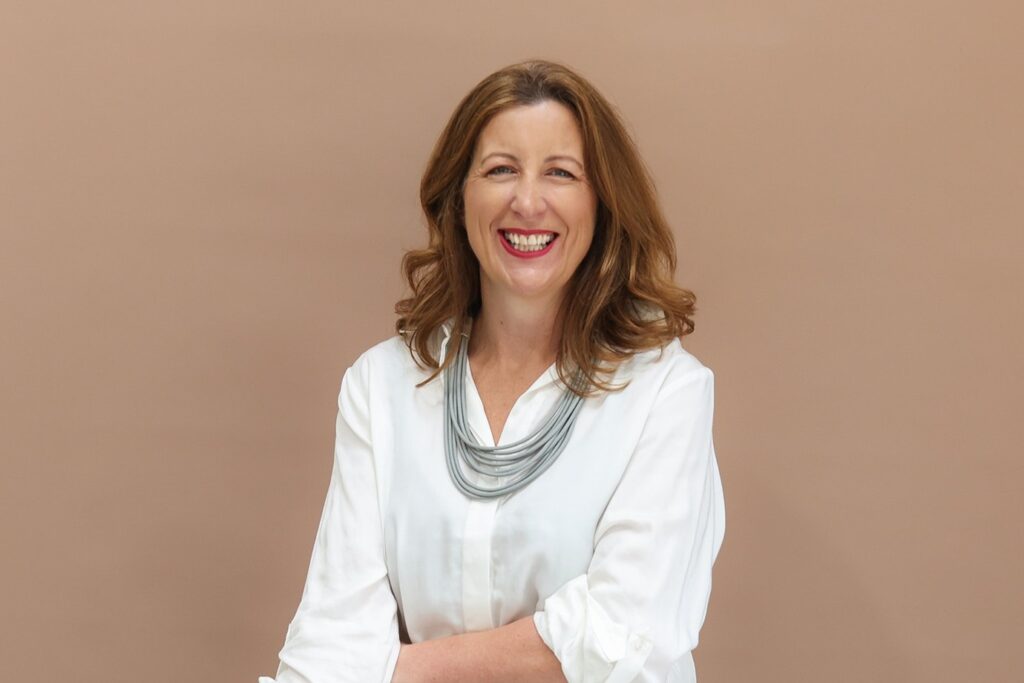Australian women are being disproportionately affected by rising living costs, family obligations and a looming retirement gap.
Women are 21 per cent less confident in their retirement preparedness compared to men, and over half (56 per cent) have been increasingly struggling to meet household expenses over the past year, compared to just 41 per cent of men.
The burden is especially significant for Australians in the “sandwich generation” with 43 per cent supporting both dependent children and aging parents, a dual responsibility falling largely on women.
This data comes from a representative survey of 1,474 Australians, with findings from the national research included in the 2025 Australia Consumer Trends Report by Insights Exchange.
“These are the invisible pressures shaping women’s lives,” said Nichola Quail, Founder and CEO of Insights Exchange. “They’re keeping households afloat while sacrificing their own financial futures. It’s a national issue hiding in plain sight.”
Mental health and wellbeing concerns are more prevalent among women as well, with 34 per cent listing it as a major concern compared to 24 per cent of men. Women also report higher levels of loneliness, with 62 per cent experiencing loneliness sometimes or often, compared to 54 per cent of men.
Many Australians, spanning from ages 18-54, are finding themselves squeezed between dual care responsibilities while navigating a national cost-of-living crisis. Thirty-nine per cent of Australian adults have financial dependents at home, and 43 per cent are also responsible for elderly family members.
“These years are meant to be the most financially stable – when people hit their stride in careers and start securing their future,” said Quail. “Instead, many – especially women – are caught between caregiving and rising costs, leaving little room to think beyond the next bill. It’s not just stressful; it’s unsustainable.”
Housing affordability continues to erode financial stability as well, and hits women particularly hard, with 61 per cent of Australians believing that saving for a home is now unachievable
One 31-year-old woman from South Australia reports that her “main concern is how anyone is meant to survive unless they have a high paying job, marry someone who has money or comes from a family of money.”
“It’s almost impossible for a single person to go out and be successful.”
More Australians report actively seeking more sustainable ways to work and earn money, with 56 per cent saying they could meet job demands in a four-day work week, and 41 per cent planning to take on a secondary income in the next 12 months.
Despite this pursuit of job security, 30 per cent of workers express concern about potential job losses within their workplace, while 24 per cent worry they may be forced to reduce their working hours in the next 12 months.
Women’s economic concerns are particularly pressing, as employment rates show women are 19 per cent less likely to be employed full-time.
“Looking ahead, Australians aren’t just cutting back – they’re rethinking how they live, work and plan for the future,” Quail added. “This data sends a clear message: people want practical, inclusive support that recognises the reality they’re living in. It’s a time for listening and responding with empathy.”

